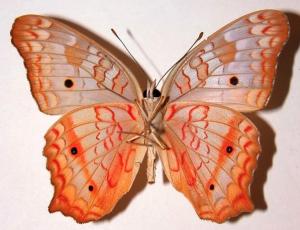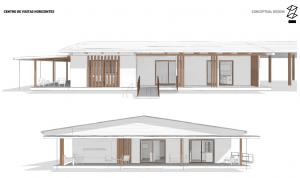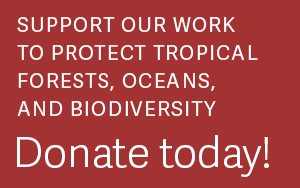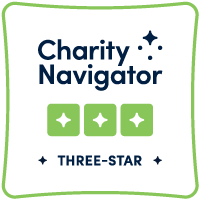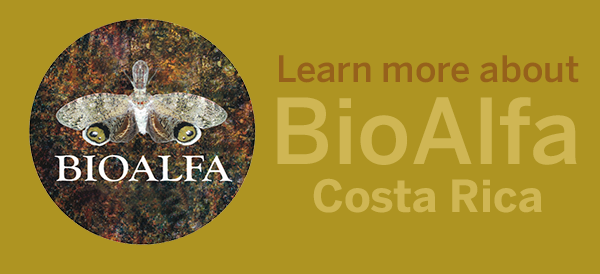- Who We Are
- Team
- Daniel Janzen
- Winnie Hallwachs
- Sigifredo Marín
- Luz María Romero Villalta
- Alejandro Marín
- Eugenie "Jenny" Phillips-Rodríguez
- Selena Avendaño Leadem
- Roberto Fernández
- Felipe Chavarría
- Fabián Zúñiga Díaz
- Monique Gilbert
- Erasmo Coronado Carballo
- Parataxonomists (Gusaneros)
- Eric Palola (Former Executive Director)
- Board & Advisors
- Dan Janzen
- Winnie Hallwachs
- Frank Joyce
- Stephen Stroud
- Brad Zlotnick
- Rob Pringle
- Jessie Hill
- Scott Miller
- Alex Smith
- Sara O'Connor
- Jorge Cortés Núñez
- Rex Hamilton
- Jorge Alers
- Cynthia Barzuna
- Miguel Sánchez Someillán
- Alejandro Masís
- Patrick Goodwillie
- Anne Lambert
- Nicholas Lapham
- Jason W. Green
- Robert Puschendorf
- Béryl Lacoste Hamilton
- Terri McCarthy
- Our Supporters
- Financial Information
- Team
- Where We Work
- What We Support
- Ways to Help
- Donate
- Latest News
- Resources


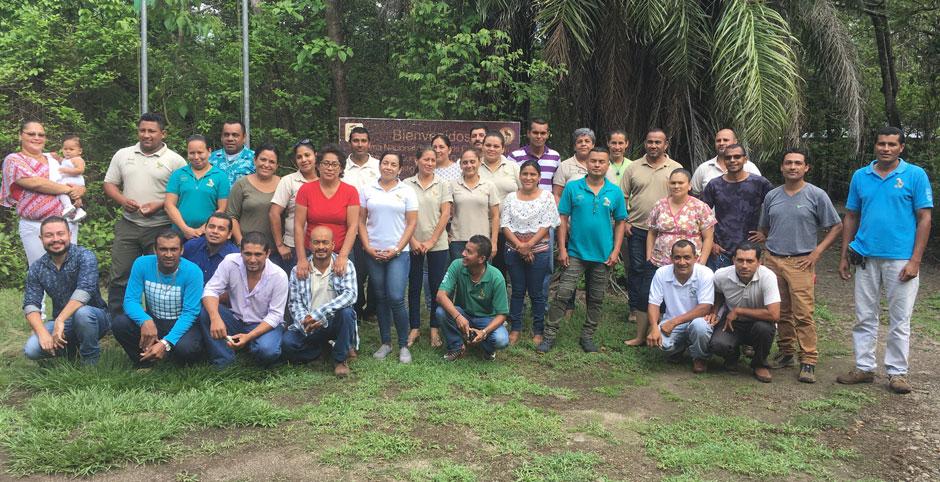
Mission GDFCF promotes the long-term survival of ecosystems and biodiversity of Área de Conservación Guanacaste through conservation, education, science-based management, and biodiversity development. We support a globally-significant example of tropical forest restoration and conservation.
Working across twelve terrestrial research stations, the coastal village of Cuajiniquil, and a central laboratory in Sector Santa Rosa, this team of resident parataxonomists plays a critical role in species collection and the development of biological knowledge and overall conservation of the ACG protected area.
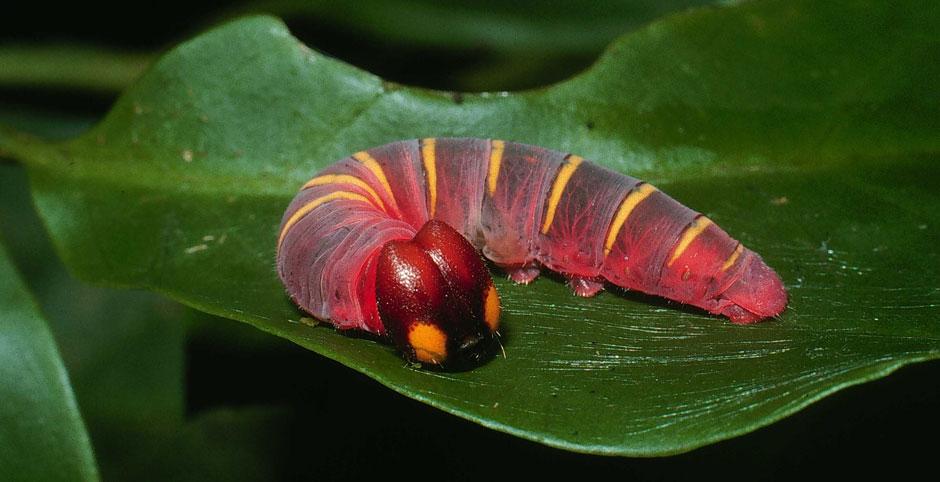
Bioliteracy for everyone GDFCF provides transparent and science-based knowledge for users of exceptionally diverse tropical wildlands, including schoolchildren, local residents, and the international community. We promote our conservation- and restoration-based wildlands management style worldwide.
Last instar caterpillar of an undescribed species of skipper butterfly (Nascus Burns01), immediately after molting from the previous instar.
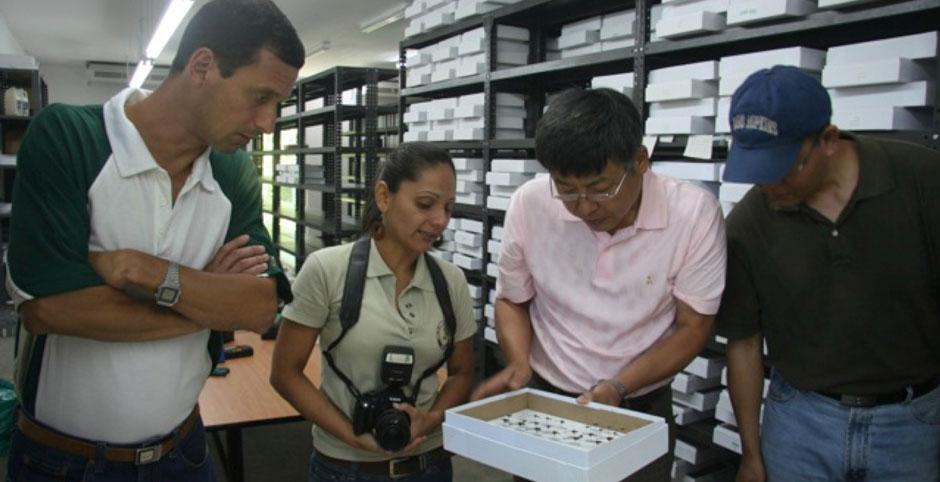
Research throughout Science-based understanding of ACG's forest and marine ecosystems are conducted by local resident career "parataxonomists," in collaboration with national and international science networks. For almost 40 years, ACG has worked to restore nature and ensure its survival though involvement of neighboring communities. GDFCF and its founders have been a major dance partner in the evolution of this conservation restoration model.
Parataxonomist Ruth Franco, who specializes in the drying, pinning, and photographing of insect specimens at the central “BioLep” laboratory in Sector Santa Rosa, is explaining the tool of DNA barcoding (molecular analysis) for species identification to visiting scientists from the Chinese government.
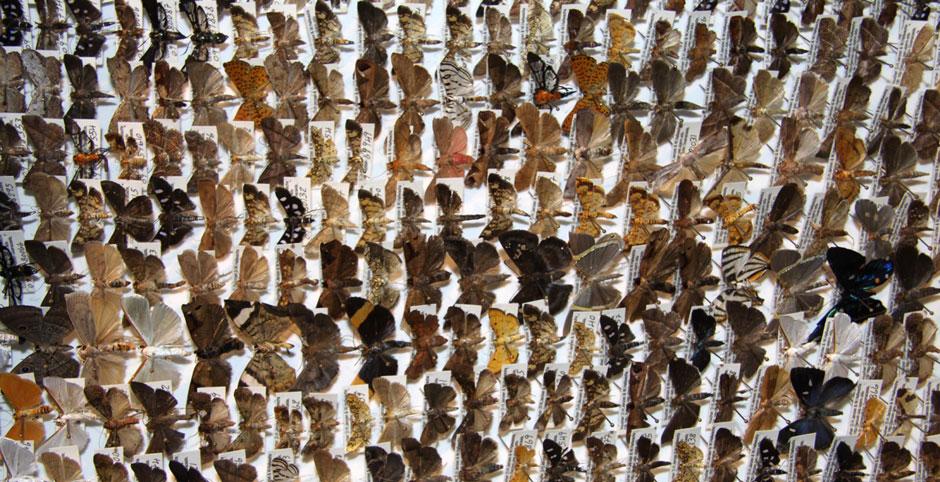
Área de Conservación Guanacaste With GDFCF support, ACG:
- includes ~500,000 species, of which less than 1/3 are known to science
- contains 2.6% of total global biodiversity
- contains > 60% of Costa Rican biodiversity
- consists of only 2% of the land base of Costa Rica
- covers 169,000 hectares, or about 418,000 acres (by comparison, Great Smoky National Park in the U.S. is 521,000 acres)
- is a globally recognized UN World Heritage Site
A small sample of the literally thousands of moths and butterflies that live in ACG
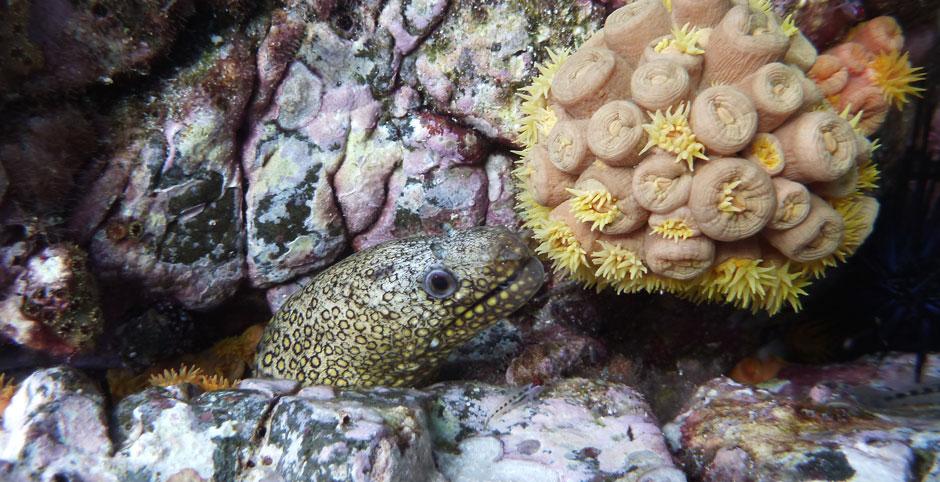
Marine Stewardship ACG contains one of the largest marine protected areas (MPA) in the eastern Pacific region that includes: 150 kilometers of wilderness coastline; a complex archipelago of seven islands; an estimated 500 species of fish; complex reef habitats with nearly 40 coral species; migrating whales and birds; and, critical nesting sites for endangered Olive Ridley, Pacific green, Leatherback, and Hawksbill turtles.
From the coral reefs of Sector Marino, a Jewel Moray eel appears to be sniffing a flower on this species of coral, commonly known as the Orange Cup Corral (Tubastraea coccinea)
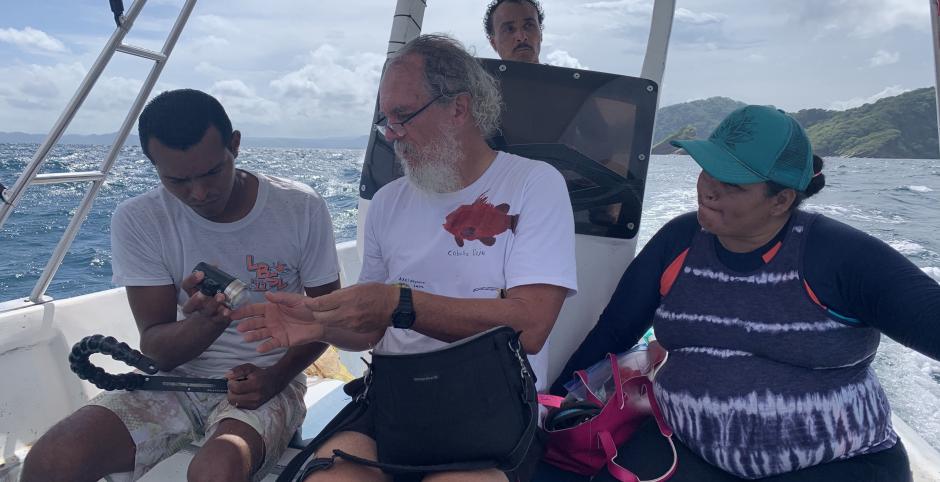
BioInventorying Tropical Marine Species A collaboration, dubbed BioMar, between ACG, the Centro de Investigación Ciencias del Mar y Limnología (CIMAR) at the University of Costa Rica, and GDFCF seeks to inventory and develop baseline knowledge of marine biodiversity within the greater marine sector of ACG.
BioMar Project co-leader and GDFCF Vice President Dr. Frank Joyce works with marine parataxonomists Gilberth Ampie and Yelba Vega, as boat captain Minor Lara ferries the team to its next research spot in ACG’s Sector Marino.
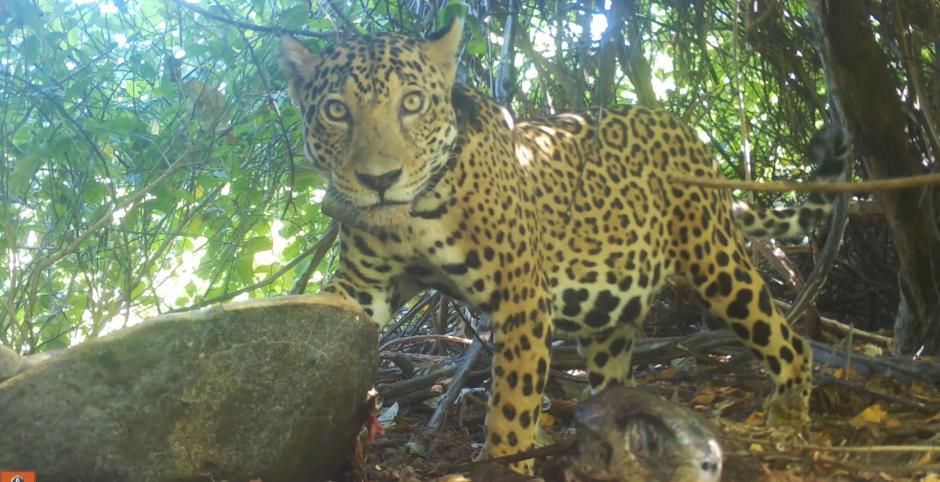
Habitat for Iconic Species ACG contains immense biodiversity and understanding the interplay of the many ecosystems and their inhabitants is crucial work. We support research that advances our knowledge of dynamic tropical ecosystems, such as the unique prey/predator relationship between ACG’s jaguars and nesting sea turtles, both threatened species.
This jaguar guards its latest kill, an Olive Ridley sea turtle, at one of ACG’s remote beach research stations.
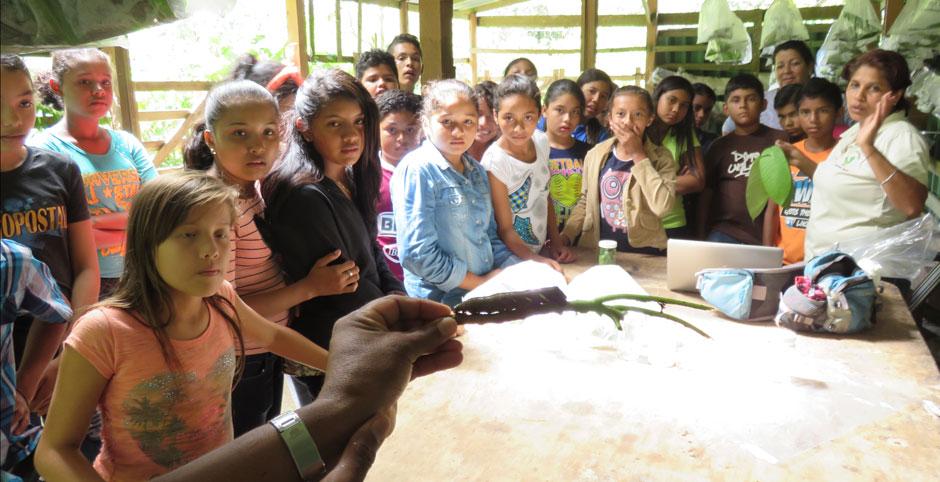
The Outdoor Classroom ACG is one of nature’s greatest classrooms via an early pioneering, now mature, program called Programa de Educación Biológica (PEB), which provides natural history and biological education to roughly 2,000 fourth- through seventh-grade students from the 52 schools surrounding the ACG protected area.
Seventh grade students from the rural town of La Garita near the Nicaraguan border listen to ACG parataxonomists Osvaldo Espinosa (holding caterpillar) and Gloria Araya explain the biology of moths and butterflies as part of a visiting PEB class to the San Gerardo biological station in Sector San Cristobal, ACG
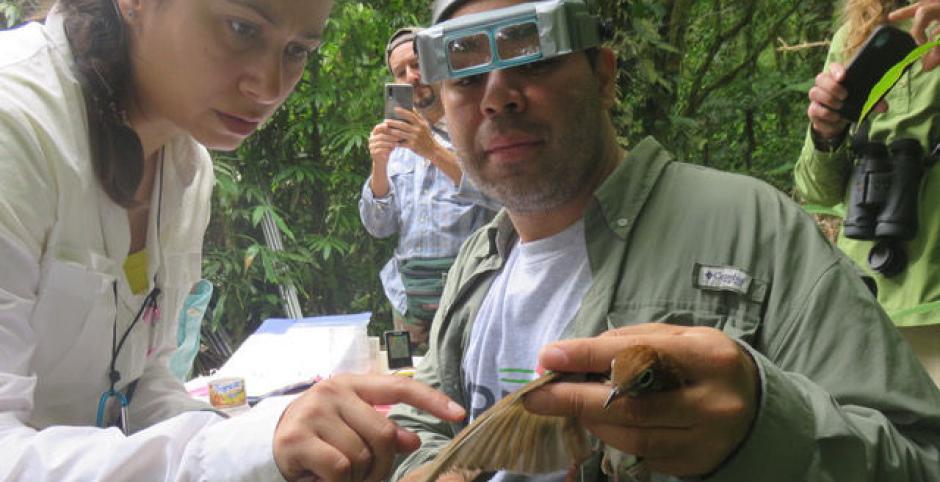
Protecting ACG Bird Diversity ACG is rich in bird abundance and diversity, from the ground-dwelling Tinamou, to the Elegant Trogon, to Yellow-Naped Parrots, to neotropical migrants such as the Wood Thrush, spread across the protected area’s four contiguous ecosystems. We support research that helps understand the habitat uses and needs of the birds that call ACG home in order to support their long-term survival.
GDFCF researcher Natalie Sánchez, and Pablo Elizondo, the executive director of Costa Rica Bird Observatories, a partner organization, take measurements of a Wood Thrush during field work.
Latest News
Featured
Where We Work

We work in a place of outstanding biodiversity and beauty in northwest Costa Rica called Área de Conservación Guanacaste (ACG). Home to 2.6% of the world’s terrestrial biodiversity, ACG is the only protected area in the Neotropics that sweeps from Pacific Ocean waters up and over the volcanic mountain range of the continental divide and down into the lowlands of the Atlantic rain forest. The Guanacaste Dry Forest Conservation Fund (GDFCF) was formed to aid with the development, protection, and sustainability of ACG.
Read more and see our slide show feature: Where We Work
